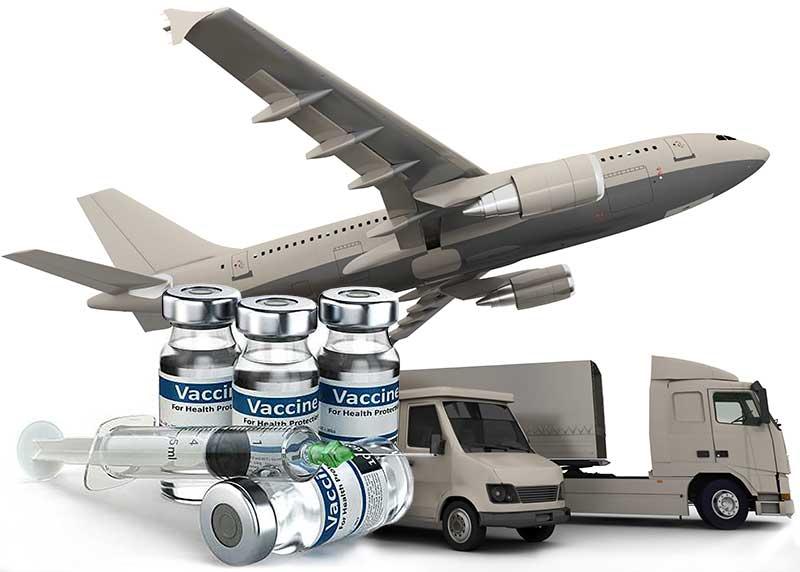Bio-Pharma Logistics: Ensuring Proper Transport and Storage is Critical for Temperature-Sensitive Biopharmaceuticals
Regulatory Compliance for Operations
Any company involved in transporting or storing biopharmaceutical products must strictly comply with regulations set by agencies like the FDA and EMA. Proper documentation of logistics activities, temperature monitoring and excursions is crucial. Regulations exist to guarantee drug quality and safety are maintained throughout the supply chain.
Developing Effective Cool Chain Management Systems
Biologics require careful temperature control during transport and storage, often within a narrow range. Companies must implement robust cool chain management systems with standardized SOPs. Automated monitoring technology, cloud-based data systems and regular audits help ensure products face no temperature excursions. Backup power supplies and 24/7 monitoring further strengthen cool chains.
Transportation Method Determination
Which transportation mode to use depends on payload size and required transit duration. Road transport suits short local journeys while air/sea freight enables international shipments. Methods involving transloading require validated containers and equipment. Cold/dry ice or temperature-controlled trailers/containers maintain correct temperatures during transit.
Cold Chain Logistics Partners Selection
Outsourcing to experienced cold chain Bio-Pharma Logistics service providers can ease the burden but also requires rigorous partner vetting and auditing. Key factors include storage/transport experience handling biologics, compliance record, fleet temperature control capabilities, security and track/trace procedures. Emergency protocols and geographic footprint are also important.
Temperature Monitoring and Excursion Management
Automated monitoring devices record and transmit temperature data during transport and storage. Cloud-based bio-pharma logistics alert personnel to any excursions in real-time. Contingency plans ensure rapid corrective actions like rerouting or shifting to backup facilities. Documentation and investigation determine product impact to guide disposition decisions.
Facility Infrastructure for Storing Biopharmaceuticals
Dedicated biologics warehouses require temperature-zoned areas, alarms, backup power and round-the-clock environmental controls. Automated storage and retrieval systems with integrated monitoring optimize space utilization. Periodic calibrating validates equipment precision. Cold facilities’ construction, maintenance and operational qualification meet cGMP standards.
Supply Chain Visibility and Contingency Planning
End-to-end supply chain visibility through resource and location tracking facilitates demand planning, replenishment and order fulfillment. Forecasting helps calibrate inventory levels at each stage. Contingency plans address supply disruptions, addressing shortages, delays or interruptions with alternative sourcing.
Get More insights on Bio-pharma Logistics
For Better Understanding, Choose preferred language-
About Author-
Priya Pandey is a dynamic and passionate editor with over three years of expertise in content editing and proofreading. Holding a bachelor's degree in biotechnology, Priya has a knack for making the content engaging. Her diverse portfolio includes editing documents across different industries, including food and beverages, information and technology, healthcare, chemical and materials, etc. Priya's meticulous attention to detail and commitment to excellence make her an invaluable asset in the world of content creation and refinement.
(LinkedIn- https://www.linkedin.com/in/priya-pandey-8417a8173/)
